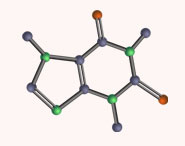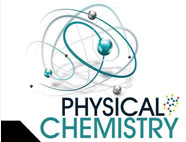


 علم الكيمياء
علم الكيمياء 
 الكيمياء التحليلية
الكيمياء التحليلية 
 الكيمياء الحياتية
الكيمياء الحياتية 
 الكيمياء العضوية
الكيمياء العضوية 
 الكيمياء الفيزيائية
الكيمياء الفيزيائية
 الكيمياء اللاعضوية
الكيمياء اللاعضوية 
 مواضيع اخرى في الكيمياء
مواضيع اخرى في الكيمياء
 الكيمياء الصناعية
الكيمياء الصناعية |
أقرأ أيضاً
التاريخ: 2023-09-11
التاريخ: 28-6-2019
التاريخ: 10-3-2016
التاريخ: 2025-04-24
|
Charge cannot be created or destroyed. If the starting materials have no overall charge, then neither must the products. In the last example above, it is obvious why the bromine becomes negatively charged—it takes both electrons from the bond even though only one of them formally ‘belongs’ to it. It may be less obvious to you why the ammonium cation has to have a positive charge, but it must, in order to maintain overall neutrality. One way to think about it is to note that both of the electrons in the new N–H bond come from N, so N is one electron down on the deal. If the starting materials are charged, then the products must have, overall, the same charge. Here’s ammonia being protonated by H3O+—both starting materials and products must have overall charge 1+.
When it is a π bond that is being broken rather than a σ bond, only the π bond is broken and the σ bond should be left in place. This is what commonly happens when an electrophilic carbonyl group is attacked by a nucleophile. Just as in the breaking of a σ bond, start the arrow in the middle of the π bond and end by putting the arrowhead on the more electronegative atom, in this case oxygen rather than carbon.
In this case the starting materials had an overall negative charge and this is preserved in the anionic product. The charge disappears from the hydroxide ion because it is now sharing a pair of electrons with what was the carbonyl carbon atom and a charge appears on what was the carbonyl oxygen atom because it now has one of the electrons in the old π bond.



|
|
|
|
حقن الذهب في العين.. تقنية جديدة للحفاظ على البصر ؟!
|
|
|
|
|
|
|
"عراب الذكاء الاصطناعي" يثير القلق برؤيته حول سيطرة التكنولوجيا على البشرية ؟
|
|
|
|
|
|
|
السفارة العراقية تشيد بجناح جمعية العميد في معرض تونس الدولي للكتاب ودورها الثقافي
|
|
|